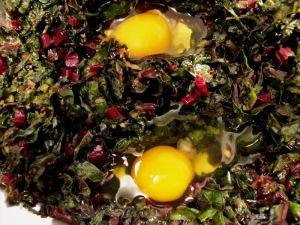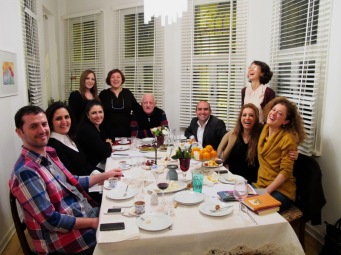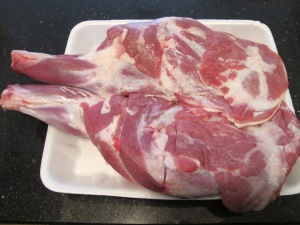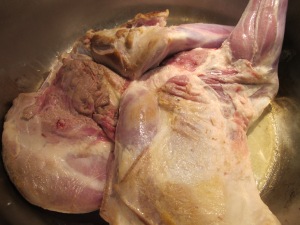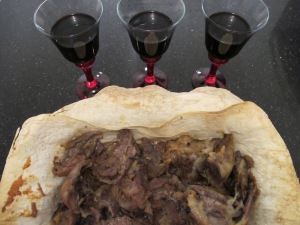 I have to tell you the story of Kuzine 34. It is a happy and hopeful one and therefore, deserves to be told. Not very long, not boring. It is all about the little miracles of life that shaped the events which brought me here to this little village on Bosphorus. Now, as I sit before my computer screen, four years later, to tell you about the whirlwind which swept me off my feet, like a little leaf and smacked me against the wall of this lovely, old house, I no longer feel lonely and helpless as I used to… I feel as if I set my delicate roots in the nooks and crannies of the wall and in time, flourished and became an evergreen vine that heads for the sky. Just like the one that covers my windows and balcony.
I have to tell you the story of Kuzine 34. It is a happy and hopeful one and therefore, deserves to be told. Not very long, not boring. It is all about the little miracles of life that shaped the events which brought me here to this little village on Bosphorus. Now, as I sit before my computer screen, four years later, to tell you about the whirlwind which swept me off my feet, like a little leaf and smacked me against the wall of this lovely, old house, I no longer feel lonely and helpless as I used to… I feel as if I set my delicate roots in the nooks and crannies of the wall and in time, flourished and became an evergreen vine that heads for the sky. Just like the one that covers my windows and balcony.
So, let me start from the beginning.
That is me standing in the empty room of a small apartment in Beylerbeyi; up the hills. It has a partial view of Bosphorus over the roof tops. My only criteria was to have the sky and horizon span before me. As I was soon to close the door on my twenty years’ of marriage; I wanted to be able to sit quietly before a window with a view and contemplate on what has happened to me over the years. I want to understand how that care-free, happy-go-easy girl became such a miserable and angry woman in her early forties. I wanted to find that old self again and had a feeling it would not be easy. As I turned to the real estate guy to say “I will take it”, his phone rang. He answered it, talked briefly and turned to me and said, “There came up another apartment in Kuzguncuk. Would you like to see it?”
“Does it have a nice view?”
“I do not know exactly but the rent is cheaper.”
I said “Let’s take a look.”
As always, my strong belief in my luck and the little miracles that always played a part in my personal story led me to a flat which not only had a magnificent view of Bosphorus but was much larger and in pristine condition. I made an offer that was hard to refuse, paid my yearly rent upfront so that I would feel at home instead of remembering every month that I was just a tenant there… “Three years” said the owner of the house and “we might want to come back”. Three years seemed like long time to me then. I seized the moment and feel so lucky today I did so.
I knew nobody in this neighborhood. I felt like a small bird, perched in a flat that sat on a steep hill-top, isolated from everywhere I spent the last 20 years of my life. Every other day or so, I went down the hill, did my shopping, went to work and came back to embrace my solitude. I made a promise to myself that I would never drink when I was alone. That was the only decision I made. I kept telling myself “keep your eye on the moment.” I was slowly learning that was all that mattered; the moment. Couple of friends and my family came over to visit me at my new home during the first few weeks. Then, I was left on my own;all alone for the first time in my life. It was the beginning of summer and it felt so good to be at a peaceful place I could rest my heavy soul and once again willingly call “my home”.
One Saturday, I walked down the hill to the little café to buy cheese for breakfast and ran into very old friends. I had not seen them for a very long time but we had always kept in touch. As it happens, they had been coming here every weekend for breakfast. We sat down together and that is how I met Ebru, one of the partners of the lovely little café; our neighborhood’s hub; Pita. Her eyes lit as we were introduced. She had a big smile on her face; so happy to have met me. We have been good friends ever since. Later, I asked her the reason for her big smile as I noticed she was a shy and reserved person. She said “I felt as if I had known you for a very long time.”
I started to have breakfast at Pita everyday before I went to work. I met most of my new friends there and got involved in the neighbors’ struggle to save the last green patch against the government office that planned a huge building there. I loved everything about my new life. Little by little, I started to come across traces of my old self. A little battered, wounded, afraid, sad but willing to be happy again. After years of rain, the sun shone in my heart and the good winds brought seeds of happiness. I picked them up one by one and planted them in my soul’s fertile ground.
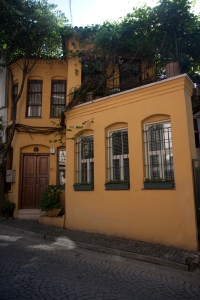
Four years later, I am writing these lines from the long table in my new house right at the heart of the village. Large houses are a rare find and again, with stroke of luck, I am now the tenant of one of the most beautiful and large houses in this neighborhood. Kuzguncuk has given me so much in my quest to find myself, I thought I had to give some back. So I came up with this idea to reserve the ground floor for a large open kitchen and a long table for friendly gatherings. The entrance from the street right into the house and on the right is the big kitchen and the adjacent dining hall. Now, my friends on their way to and back from work drop by, neighbors knock on the door to pick up leaves from the green vine that covers the top of the balcony, lovesick friends come in, troubled friends ask for advice… The ebb and flow of daily life brings all kinds to my door and all are welcome.
I feel as if this old girl; my house, has waited for me to come back to life. Just like me. I slowly picked up my pieces and did that by picking up her pieces as well. Nestled in her loving old arms, she holds me to her chest and says “You are home my dear and everthing’s gonna be allright”.

And I believe her…
 Of course, a preserving kettle of the finest porcelaine is best, but if you have nothing better than an earthware pipkin, it will do- with care. Like crabs and lobsters husbands are cooked alive. They sometimes fly out of the kettle and so become burned and crusty on the edges. So it is wise to secure him in the kettle with a strong silken cord called comfort,as the one called duty is apt to be weak. Make a clear, steady flame of love, warmth and cheerfulness. Set him as near this as seems to agree with him. If he sputters, do not be anxious for some husbands do this until they are quite done. Add a little sugar in the form of what confectioners call kisses, but use no pepper or vineager on any account. Season to taste with spices, good humour and gaiety preferred, but seasoing must always be used with great discretion and caution. Avoid sharpness in testing him for tenderness. Stir him gently, lest he lie too flat and close to the kettle and so become useless. You cannot fail to know when he is done. If so treated, you will find him very digestable, agreeing with you perfectly; and he will keep as long as you choose unless you become careless and allow the home fires grow cold. Thus prepared he will serve a life time of happiness.
Of course, a preserving kettle of the finest porcelaine is best, but if you have nothing better than an earthware pipkin, it will do- with care. Like crabs and lobsters husbands are cooked alive. They sometimes fly out of the kettle and so become burned and crusty on the edges. So it is wise to secure him in the kettle with a strong silken cord called comfort,as the one called duty is apt to be weak. Make a clear, steady flame of love, warmth and cheerfulness. Set him as near this as seems to agree with him. If he sputters, do not be anxious for some husbands do this until they are quite done. Add a little sugar in the form of what confectioners call kisses, but use no pepper or vineager on any account. Season to taste with spices, good humour and gaiety preferred, but seasoing must always be used with great discretion and caution. Avoid sharpness in testing him for tenderness. Stir him gently, lest he lie too flat and close to the kettle and so become useless. You cannot fail to know when he is done. If so treated, you will find him very digestable, agreeing with you perfectly; and he will keep as long as you choose unless you become careless and allow the home fires grow cold. Thus prepared he will serve a life time of happiness.







